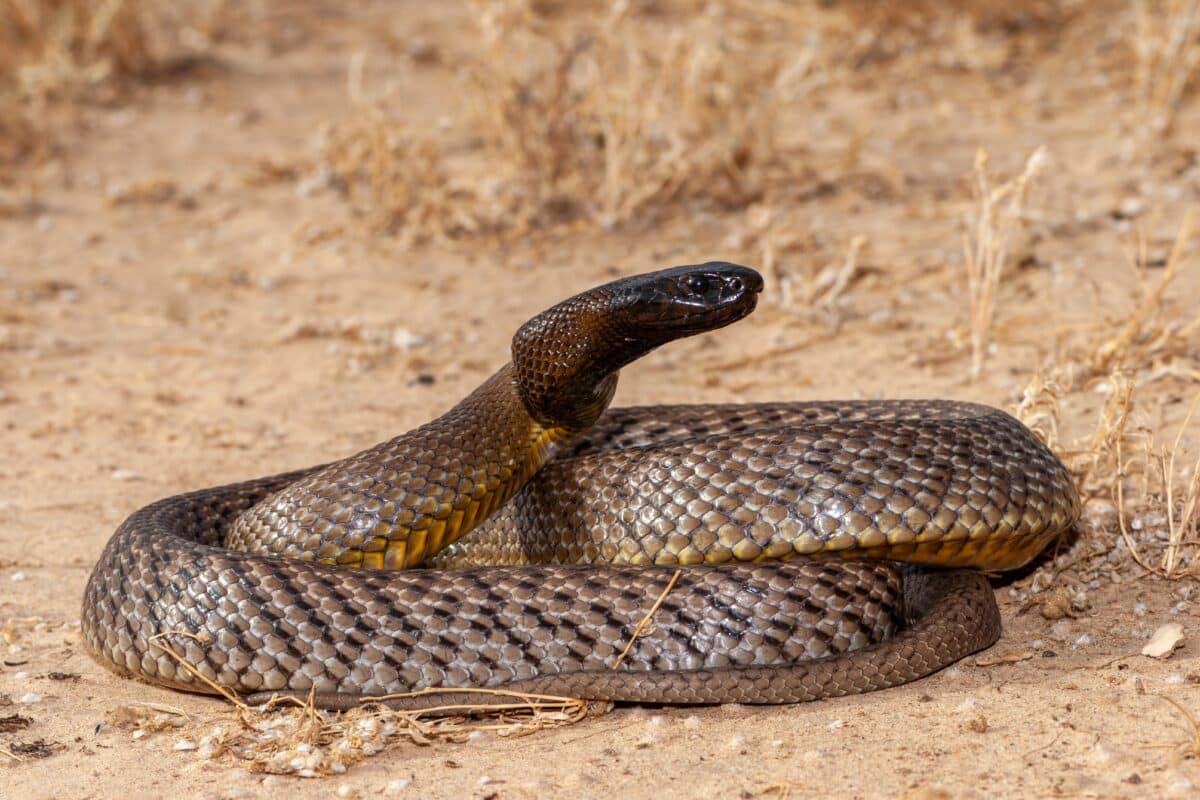Introduction
Australia is renowned for its rich biodiversity, especially when it pertains to reptiles. Amongst these interesting animals, the Eastern Tiger Snake ( Notechis scutatus) stands out due to its striking appearance and potent poison. Discovered primarily in southeastern Australia, this types has actually captivated both herpetologists and casual observers alike. In this comprehensive overview, we will certainly look into the qualities of the Eastern Tiger Serpent, discover their environment, habits, and diet plan, and share essential security pointers for anybody who might run into them.
As we traverse through the nuances of the Eastern Tiger Serpent's life, we'll also go over critical topics such as serpent bite emergency treatment and avoidance techniques. With serpent attacks being a significant issue in Australia, furnishing yourself with knowledge can imply the distinction in between security and risk. Twist up as we start this informing journey.
Exploring the Eastern Tiger Serpent: Features and Safety And Security Tips
1. Introduction of the Eastern Tiger Snake
The Eastern Tiger Serpent is a very venomous serpent that comes from the Elapidae family. Identified by its distinctive banding pattern that looks like a tiger's red stripes, this species showcases a variety of shades from olive-green to black or even brown hues.
1.1 Physical Characteristics
Tiger serpents are tool to large-sized serpents that generally reach sizes of 1.2 to 2 meters (4 to 6.5 feet). Their robust bodies are matched by a squashed head that makes them quickly recognizable to name a few snakes.
1.2 Poison Composition
The venom of an Eastern Tiger Snake is mainly neurotoxic. This means it can affect the nerves and bring about paralysis if left without treatment. Thankfully, antivenom is readily available in Australia for those regrettable sufficient to be bitten.

2. Habitat of the Eastern Tiger Snake
Understanding where these snakes thrive can assist in staying clear of encounters and valuing their function in the ecosystem.
2.1 Natural Habitat
Eastern Tiger Snakes prefer seaside regions, wetland locations, and grasslands. They are usually discovered near freshwater sources like swamps and rivers.
2.2 Geographic Distribution
This species is predominantly located in southeastern Australia, including components of Tasmania where they are typically described as Tasmanian tiger snakes.
3. Habits Patterns
3.1 Diurnal vs Nighttime Activity
While some tiger serpents might exhibit nocturnal habits during warmer months, they are largely diurnal animals that quest throughout daytime hours.
3.2 Defensive Mechanisms
When endangered, tiger serpents may show aggressive habits by curling back or hissing noisally prior to striking if prompted further.
4. Diet plan of the Eastern Tiger Snake
Tiger snakes have a diverse diet regimen primarily containing small creatures, birds, amphibians, and various other reptiles.
4.1 Searching Techniques
They use ambush methods coupled with fast strikes to record unwary prey-- an impressive task provided their size!
5. Are Tiger Snakes Venomous? Understanding Their Risk Level
Yes! The eastern tiger snake is certainly poisonous; nevertheless, not all attacks lead to envenomation (the shot of venom). Awareness concerning their risk degree is crucial for any individual who frequents their habitat.
6. Emergency Treatment for Snake Bites: A Vital Skillset
If somebody is attacked by a tiger snake or any kind of other types:
- Remain tranquility; panic intensifies symptoms. Call emergency situation solutions immediately. Apply a pressure plaster above the bite site.
Knowing exactly how to respond without delay can conserve lives!
7. Typical Misconceptions Concerning Tiger Snakes Debunked
Misunderstandings about tiger serpents abound-- allow's attend to some usual myths:
- Myth: All snakes are aggressive. Fact: Lots of snake species prefer evasion over confrontation. Myth: A completely dry bite suggests no danger. Fact: Always look for clinical focus regardless of symptoms!
8. Safety Preventative Measures When Experiencing Snakes
Awareness is your ideal defense against unwanted experiences with tiger snakes:
- Stay vigilant while hiking or walking through understood habitats. Avoid high lawn where exposure could be limited. Wear suitable footwear when discovering all-natural areas.
9. What To Do If You Run Into an Eastern Tiger Snake?
Stay calmness! Gradually back away without making sudden movements-- it's green tree snake vital not to prompt the pet further.
10. Baby Tiger Snakes: The Kids' Journey
Juvenile tigers normally exhibit various pigmentation than adults however keep comparable patterns that use camouflage versus killers and ecological threats.

10.1 Developing Stages
These child snakes arise after concerning 2 months' gestation from eggs laid by women-- an interesting transition right into independence!
11. The Role of Preservation in Protecting Serpent Species
With urban development trespassing upon all-natural habitats, conservation initiatives are vital for preserving healthy populations of https://manueleeum552.hpage.com/post1.html eastern tiger snakes-- and all wildlife!
Frequently Asked Questions
FAQ 1: Are all tiger snakes deadly?
While eastern tiger serpents have powerful poison with the ability of triggering extreme injury or fatality if untreated, not every experience leads to a bite or envenomation.
FAQ 2: Just how can I determine an eastern tiger snake?
Look for unique red stripe patterns combined with pigmentation varying from olive-green to black; they additionally have level heads characteristic of elapids!
FAQ 3: What should I consist of in my snake bite emergency treatment kit?
Essential items consist of pressure plasters, sterile gauze pads for injury treatment, antiseptic wipes/solutions like alcohol swabs together with emergency situation get in touch with numbers!
FAQ 4: Exactly how usually do tiger serpents breed?
Typically reproducing happens during springtime when temperatures climb-- women may lay in between 20-30 eggs per clutch depending upon ecological conditions!
FAQ 5: What makes Tasmania's tiger snake unique?
Tasmanian tigers have a tendency toward larger sizes Visit this website contrasted to mainland counterparts; their color variations vary commonly across various geographical locations too!
FAQ 6: Can you safely relocate a snake discovered on your property?
It's recommended not to attempt self-relocation as incorrect handling may provoke them-- call local wild animals authorities instead for assistance!
Conclusion
In recap, exploring the eastern tiger snake exposes much concerning one of Australia's most exciting reptiles-- from its striking physical features to its necessary function within ecosystems along with widespread security considerations regarding possible encounters with people! Awareness concerning this varieties cultivates respect while guaranteeing secure experiences ought to one cross courses with these wonderful creatures out in nature-- because knowledge absolutely encourages us all!